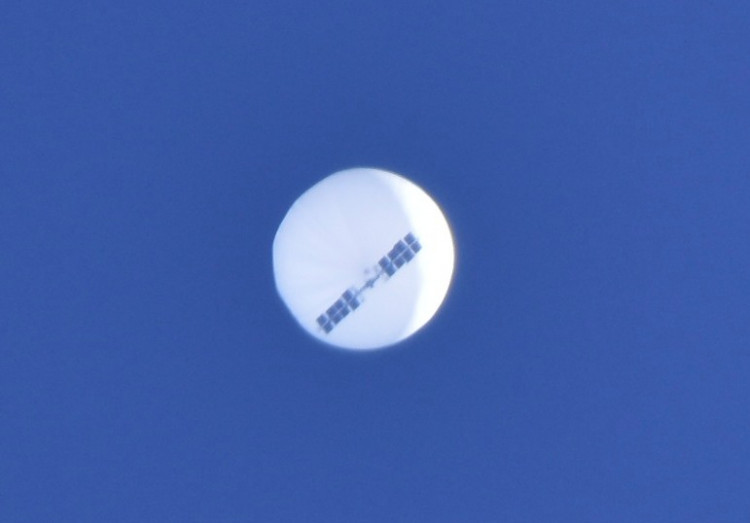In spite of efforts by the Biden administration to hinder its progress, a Chinese spy balloon managed to collect intelligence from numerous sensitive US military installations, according to two current senior US officials and a former senior administration official.
These officials stated that China controlled the balloon to perform multiple passes over certain sites, sometimes flying in figure-eight formations, and sent the collected data back to Beijing in real time.
The gathered intelligence was primarily electronic signals, such as those from weapons systems or base personnel communications, rather than images, the officials explained. The administration's efforts to relocate potential targets and disrupt the balloon's ability to detect electronic signals by ceasing their broadcasting or emission may have limited the extent of China's intelligence collection.
When asked for comment, the National Security Council directed NBC News to the Defense Department, which referenced February remarks in which senior officials claimed the balloon provided "limited additive value" to Chinese intelligence compared to other methods, such as low earth orbit satellites.
China has consistently claimed that the balloon was a civilian airship that unintentionally veered off course, and that the US overreacted by shooting it down. However, they have not identified which organization the balloon belonged to, despite multiple inquiries from NBC News.
After the balloon was shot down in February, US officials confirmed its signals intelligence capabilities. The balloon was equipped with a remote-activated self-destruct mechanism, but it is unclear whether it failed or if China chose not to use it.
The balloon initially entered US airspace over Alaska on January 28, and within four days, it was flying over Montana, specifically Malmstrom Air Force Base, where some US nuclear assets are stored. On February 2, NBC News first reported the Chinese spy balloon's presence over the US and President Biden's consideration of shooting it down. This prompted the administration to publicly acknowledge the situation and reveal that they had been monitoring the balloon for several days. In response to the news, China hastened the balloon's departure from US airspace.
The US eventually shot down the balloon on February 4 off the coast of South Carolina, and officials continue to analyze the recovered debris. The US government opted to shoot down the balloon over the ocean to prevent potential damage or casualties on land. Due to the balloon's large size, almost equivalent to three school buses, the resulting debris field would have been difficult to control as it fell to the ground.
After the balloon was downed, Defense Secretary Lloyd Austin stated in a written announcement that "US military commanders had determined downing the balloon while over land posed an undue risk to people across a wide area due to the size and altitude of the balloon and its surveillance payload."
Authorities are working to reconstruct the balloon using the recovered debris to better understand its capabilities and purpose.






